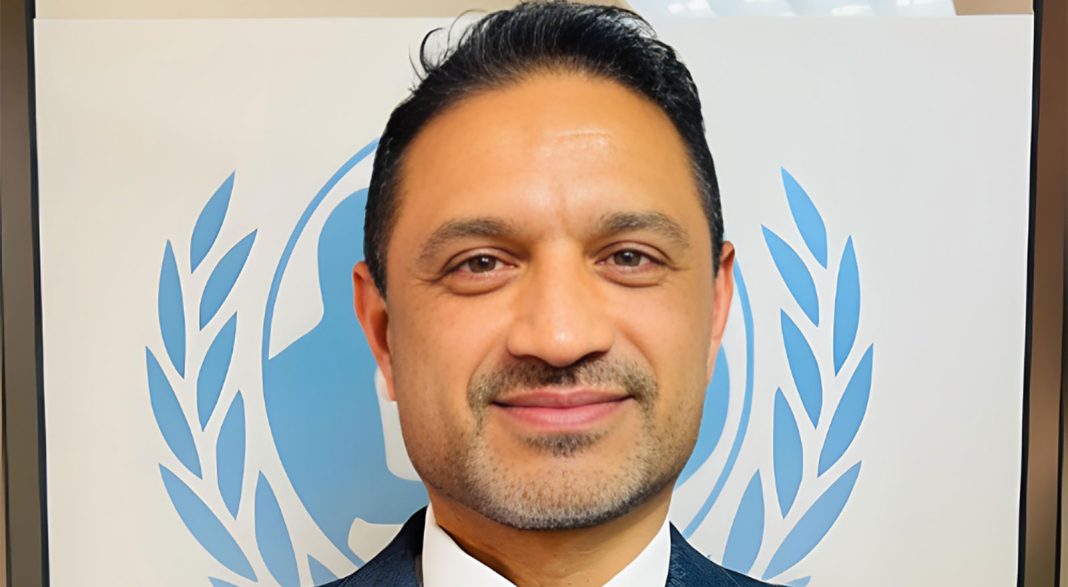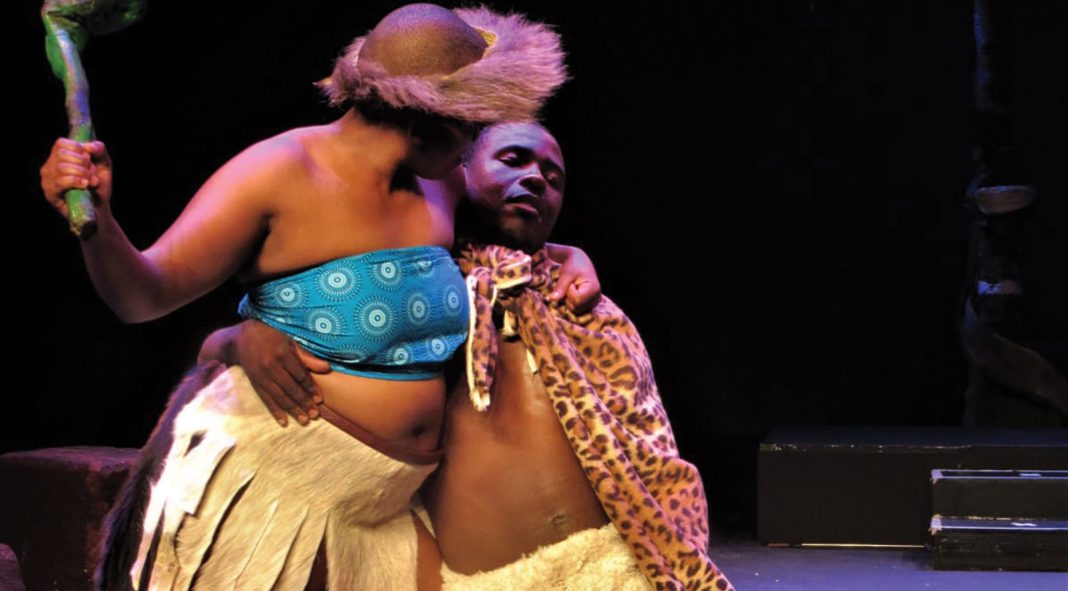The United Nations Children’s Fund (UNICEF) and the European Union (EU) are rolling out a three-year-initiative, The Ntlafatsa Bana-Improvement for Children project aimed at tackling a spectrum of issues affecting the well-being of Lesotho’s children, from access to quality education to healthcare and social support. The project targets long-term sustainable improvements across the child welfare sector.
In an exclusive interview with theReporter’s ‘Mantšali Phakoana, UNICEF Lesotho country representative, Deepak Bhaskaran, shares insights into the project and the organisation’s commitment of bettering the lives of Lesotho children.
Please provide your brief bio
I was appointed Representative for the Lesotho Country Office in January 2022 and assumed my role on June 27, 2022.
I brings over 20 years’ experience in strategic digital innovation and development, ICT, technology partnerships, and emergency and operations management in Africa, Central Asia, Europe, and the Middle East.
Before this assignment, I served as UNICEF deputy regional director Eastern and Southern Africa Region a.i, responsible for management and operations oversight for 21 countries. I also served as Chief of ICT UNICEF HQ Geneva, where I managed the private sector fundraising business systems and ICT for Eastern Europe and Central Asia.
Between 2005 and 2009, I served as the Specialist Emergency Response Operations and ICT for UNICEF, where I led the rapid deployment of emergency kits for UNICEF operations and global capacity building. In addition, from 2001-2005, I served as an ICT and Emergency specialist at UNICEF Middle East and North Africa, where I was responsible for ICT and emergency response support for 14 Middle East and North Africa countries. A national of India, I joined UNICEF in April 2000 and I’ve held several senior positions. I hold a Master’s degree in Business Administration (Strategic Management) from the University of Wales.
Kindly tell us about the Ntlafatsa Bana-Improvement for Children project and who are the implementing partners. What are the roles played by each?
The Ntlafatsa Bana-Improvement for Children project is a three-year programme co-funded by the European Union (EU) and the United Nations Children’s Fund (UNICEF) Lesotho. The project aims to improve the well-being of children in Lesotho through increasing access to social services and also strengthening the social assistance sector in the country.
The project is being implemented in partnership with the Ministry of Gender, Youth and Social Welfare, the Ministry of Agriculture and Food Security, the Department of Rural Water Supply, and the Department of Home Affairs, as well as NGOs including World Vision.
How many children will be impacted by this project by the end of its term?
It is projected that over 100,000 children living in households that benefit from the Child Grant Programme will be impacted by the Ntlafatsa Bana-Improvement for Children project by the end of its term in 2026.
We have learned that the project has recently received a new vehicle, laptops, and tables. Can you give us an overview of how these will be used to enhance the delivery of the project’s services?
The Ntlafatsa Bana-Improvement for Children project recently received two new vehicles, laptops, and tablets to support implementation. The vehicles will be used to support the implementation of the project and address transportation challenges that the lead ministry – the Ministry of Gender, Youth and Social Development was facing.
The IT equipment will support the digital transformation activities which include transitioning social assistance beneficiaries from manual payments to digital payments and also upgrading and updating the National Information System for Social Assistance (NISSA).
Poverty and lack of education are some of the long-term challenges faced by children in Lesotho. What specific improvements are expected for the children who are directly impacted by the project and within what timelines?
The Ntlafatsa Bana-Improvement for Children supports the delivery of social assistance programme that target the most vulnerable children and their families. Through the project, it is envisaged that the following will be some of the improvements for children in the country:
There will be an increase in the number of children who have birth certificates;
There will be improved access to nutrition services for children and thus a reduction in malnutrition among children under five years of age;
There will be increased access to safe water and sanitation services for children and their communities; and
Social assistance programmes such as the Child Grants Programme (CGP) will be more accessible to children and their families.
Projects like these still need thorough research before being implemented. What research was conducted to understand the needs of children in Lesotho prior to the creation of this project?
In 2021, UNICEF and the Bureau of Statistics (BOS) produced a report on Child Multidimensional Poverty in Lesotho. The report showed that 45% of children in the country are multi-dimensionally poor. In addition, an independent evaluation of the Child Grants Programme (CGP) conducted in 2022 showed that the CGP programme contributes to the reduction in the incidence of extreme food shortage in families; and improvement in child health and school enrolment and attendance.
Based on these research findings, the Ntlafatsa Bana-Improvement for Children project was designed to address child multi-dimensional poverty and to ensure programmes such as the CGP are effectively implemented to reach the most vulnerable children.
Are there notable challenges faced by the project and how have you tried to address them?
The Ntlafatsa Bana-Improvement for Children project clocked one year of implementation in April 2024. The main challenge faced in the first year of implementation has been the slow pick-up of activity.
However, the foundation laid in the first year of implementation and the vehicles and IT resources that have been delivered to the project recently will enable speeding up of implementation of activities in the last two years of the programme.
Are there other initiatives like this one that have been implemented in Lesotho or other countries in the region? If so, what were their outcomes?
The Ntlafatsa Bana-Improvement for Children project is a continuation and builds on similar programmes that have been implemented in the country in the past 15 years. Programmes implemented in the past have had positive outcomes for children including a reduction in child multidimensional poverty, improved access to health and education for children and improved access to food, and overall improvement in the well-being of children and their families.
Are there any significant impacts brought by the project on the wider community including parents and caretakers?
It is expected that the project will bring about significant positive impacts on the wider community including on parents and caretakers of children. Parents and caretakers of children will be able to more easily access birth registration services for their children, they will have improved knowledge on nutrition and feeding practices for young children as well as have improved access to safe water for their families.
In addition, parents and caretakers of children will be able to receive social assistance grants through digital means thus reducing transportation costs and waiting time at payment points as has been the case in the past. All these improvements will translate to an improvement in the well-being of families as well as the communities at large.









